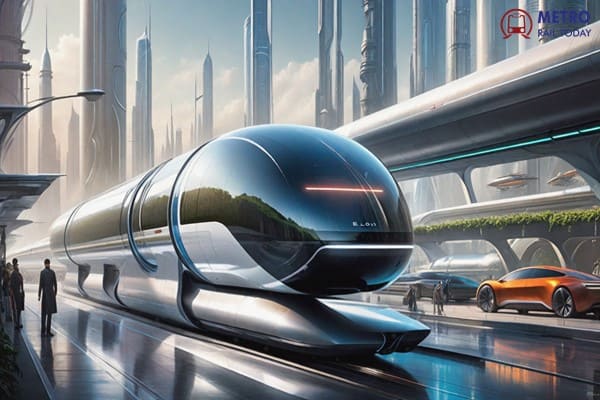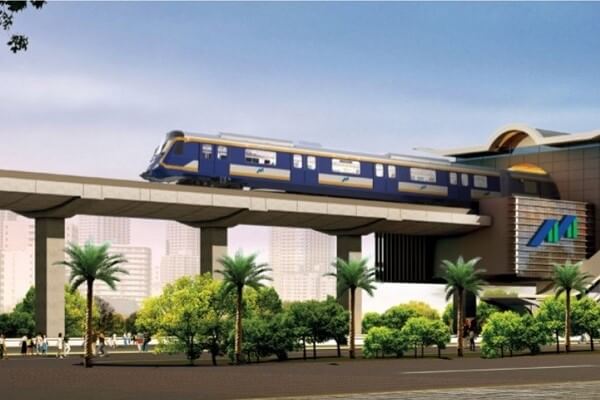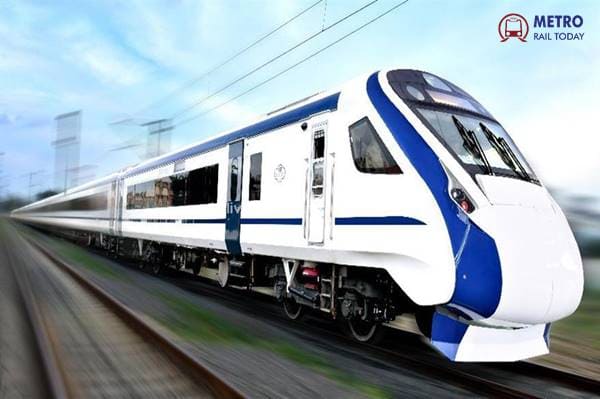 India to introduce 800 Vande Bharat Trains to redefine the future of Indian Railways by 2030
India to introduce 800 Vande Bharat Trains to redefine the future of Indian Railways by 2030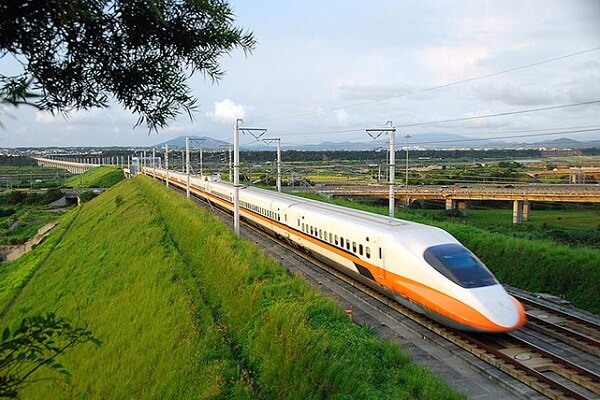 Indian Railways to develop 7,000 km of dedicated Passenger Corridors by 2047
Indian Railways to develop 7,000 km of dedicated Passenger Corridors by 2047 CMRL completes longest Twin Tunnel Breakthrough Drive for Chennai Metro Phase 2
CMRL completes longest Twin Tunnel Breakthrough Drive for Chennai Metro Phase 2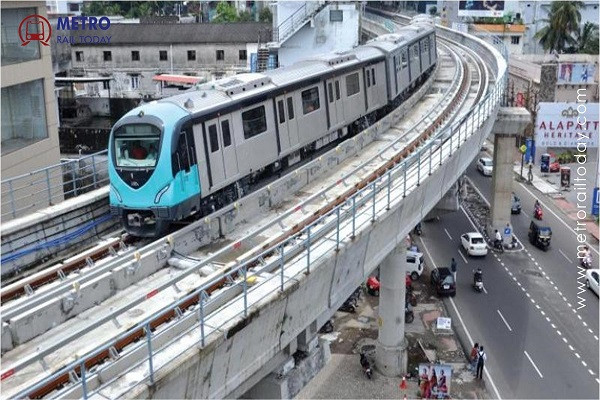 I-Metro calls for collaborative efforts to strengthen India’s Urban Rail Network
I-Metro calls for collaborative efforts to strengthen India’s Urban Rail Network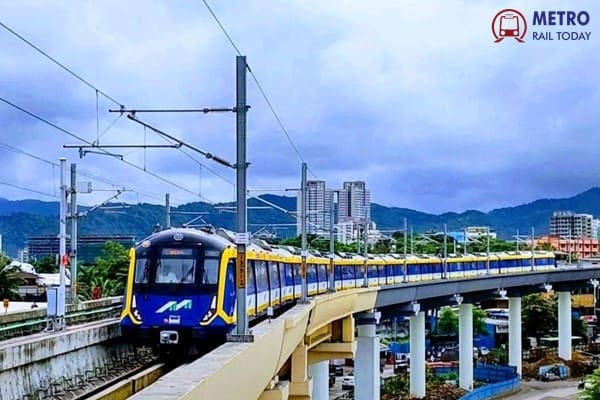 India Emerges as the World’s 3rd Largest Metro Rail Network
India Emerges as the World’s 3rd Largest Metro Rail Network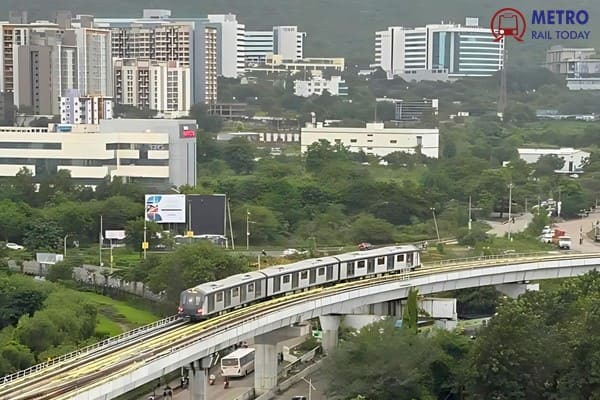 NBC Bearings and iMRail Ink Strategic Pact to power India's Next-Gen Mobility
NBC Bearings and iMRail Ink Strategic Pact to power India's Next-Gen Mobility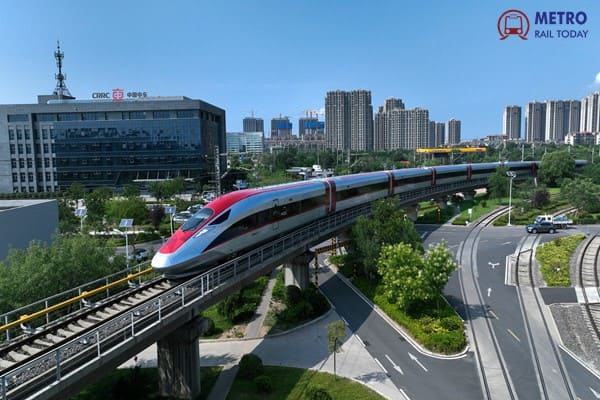 CRRC unveils the World’s First Driverless High-Speed Train capable of 200 km/h
CRRC unveils the World’s First Driverless High-Speed Train capable of 200 km/h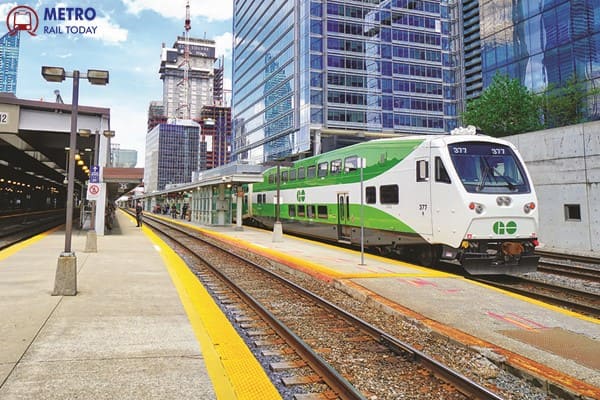 Lagos to begin construction of $3 Billion Green Line Urban Rail Project in December 2025
Lagos to begin construction of $3 Billion Green Line Urban Rail Project in December 2025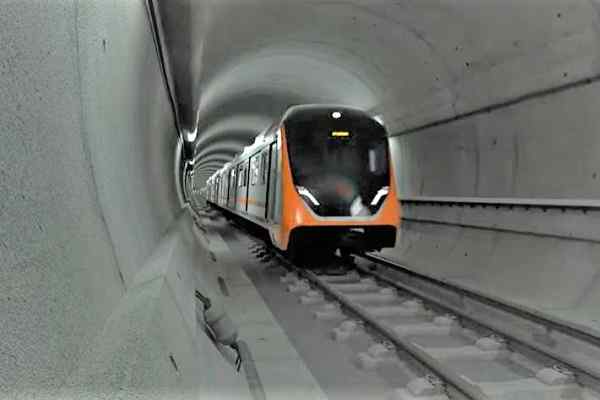 TBM Vidyarthi achieves Final Breakthrough at Kanpur Central for Kanpur Metro Orange Line
TBM Vidyarthi achieves Final Breakthrough at Kanpur Central for Kanpur Metro Orange Line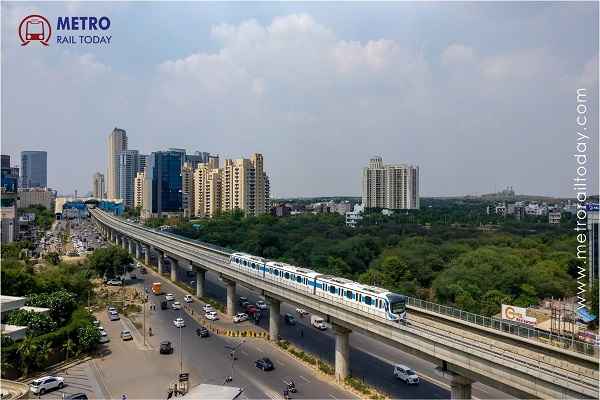 Haryana approves Spur Line connecting Gurugram Metro from Sector 5 with Railway Station
Haryana approves Spur Line connecting Gurugram Metro from Sector 5 with Railway Station
Rail electrification: Powering the future of mobility for India
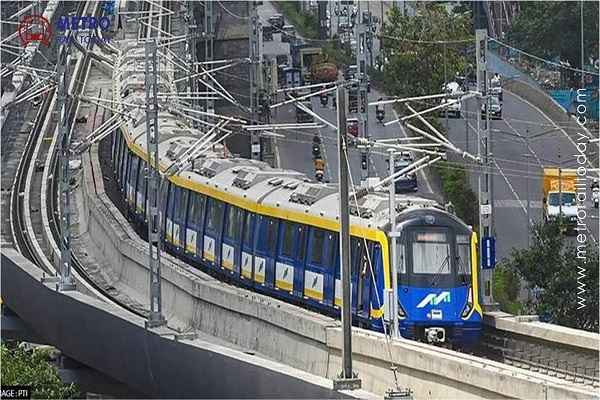
The complete electrification of India’s railway network overcoming the challenges of its vast topographical diversity promises to be a game changer in the sustainable mobility space globally.
The progress towards meeting the 100% electrification targets of India’s vast rail network can serve as a blueprint worldwide for achieving sustainable mobility at this scale, given the country’s complex topographical diversity and unique infrastructural challenges.
The Indian Railway (IR) network has been an inseparable part of the nation’s identity as a prospering world leader that is now growing in stature globally. The railways truly powers India’s economic engine – by connecting its remotest corners, enabling the movement of people and goods in a cost-effective manner, and delivering far-reaching socio-economic impact for India’s citizens. Keeping with its strategic importance, the Government has made concerted efforts to fast forward the railways into a new age of transportation, and prepare it to serve the emerging mobility needs of the country. One of the key initiatives has been electrification of the railways, with the target to achieve 100% electrification across the country in a phased manner.
A smoother ride
Electrification is integral to the successful implementation of the country’s National Rail Plan (NRP)- 2030, which aims to create a ‘future ready’ Railway system by the target year through strategic initiatives, with the objective to expand the railways’ share in the freight segment to 45%, up from around 35-36% currently. The NRP lists building adequate capacity and a sustainable framework to meet freight demand up to the year 2050, bring down transit time through higher speeds, and identify new freight corridors and high-speed rail corridors, among others.
According to data from the Railway Electrification Directorate, a total of 59,524 route kilometers (RKM) of the country’s broad gauge railway track has been electrified, as on end June 2023. This covers over 90% of the targeted figure, with full electrification completed on rail routes passing through 14 states and Union Territories. The government expects to meet its targets by December 2023, on schedule, making this a truly remarkable feat in IR’s history.
The need for sustainability
While the social impact of IR cannot be adequately quantified, its role in making mass and long distance transport affordable and within reach for all sections of society, is well known. In that sense it stands tall as the great unifier of people, bringing them closer and enabling social and cultural connections across the length and breadth of India.
Today’s mobility solutions, however, need to go beyond their basic functions, and be sustainable in how they operate. Mass transit by its very nature contributes significantly to helping save fossil fuels. For the railways, switching to electric traction promises to be an even cleaner approach, and deliver ‘green’ benefits for the environment. The current electrification push is already delivering savings on IR’s annual fuel bills of roughly Rs 15,000 crore, and is expected to deliver gains through cross-sectoral business opportunities that will open up as a result. This has been the underlying motive behind India’s push for electrification of railway systems, and aligning with the nation’s Net Zero targets, as well.
Towards this direction, IR has set itself a goal to become a Net Zero carbon emitter by 2030, and has already embarked upon a host of measures to reduce carbon emissions. These include using energy-efficient technologies such as switching to three-phase electric locomotives with regenerative features, Head on Generation (HOG), LED lights in its buildings and in passenger coaches, adopting star-rated appliances and increasing a focus on afforestation.
This is in addition to other mitigating strategies identified for achieving Net Zero Carbon emission targets – increasing the share of renewable energy sources in IR’s power needs, blending 5% biofuels in diesel traction fuel, promoting energy efficiency, and stepping up afforestation efforts. By 2029-30, the railways expect energy demand to touch around 8,200 MW and aim to build renewable capacity worth 30,000 MW by then.
Reaping the benefits
India’s Metro rail network is yet another example of how electrification can help transform urban mobility systems through faster, more efficient and environment-friendly transportation solutions. With 13 cities already benefiting from metro rail connectivity, and seven more coming up, India’s metro rail network is poised to become the world’s second-largest metro system, ahead of the US, Japan and Korea.
For this, four focus areas are particularly important – digitalization, cyber security, network consulting and planning and network control – to meet the high-performance and cost-effective needs of the rail networks of the future.
To maximize the gains of electrification and other sustainability measures being undertaken by the railways, digital technologies play an important part. In fact, digitalization is critical to ensure better reliability, flexibility and availability, and bringing cost efficiency in rail solutions as demand evolves. The NRP 2030 has identified the role of the private sector as key to delivering the desired goals in areas such as operations and ownership of rolling stock, development of freight and passenger terminals, and the development and operations of track infrastructure.
Siemens has been proudly partnering the Indian Railways in its expansion and upgradation plans, and will continue to do so through new and cutting-edge digital solutions. Its digital solutions also underpin a significant part of the metro rail network expansion, as well as the Regional Rapid Transit System (RRTS) projects across the length and breadth of the country.
With the help of AI-powered mobility insights, digitalization and automation, India’s vast railway networks are on the cusp of a revolutionary shift towards sustainable transportation for its masses, both in urban centres and the hinterland. Electrification is the foundation for this exciting journey that puts India on the world map as not just a growing economy but also a responsible and farsighted one.





